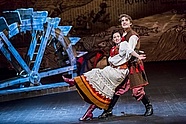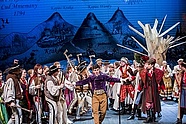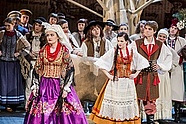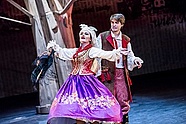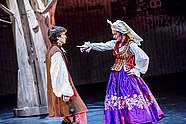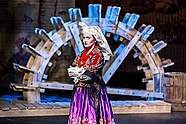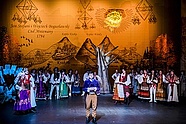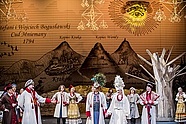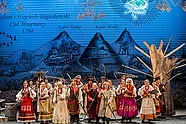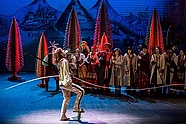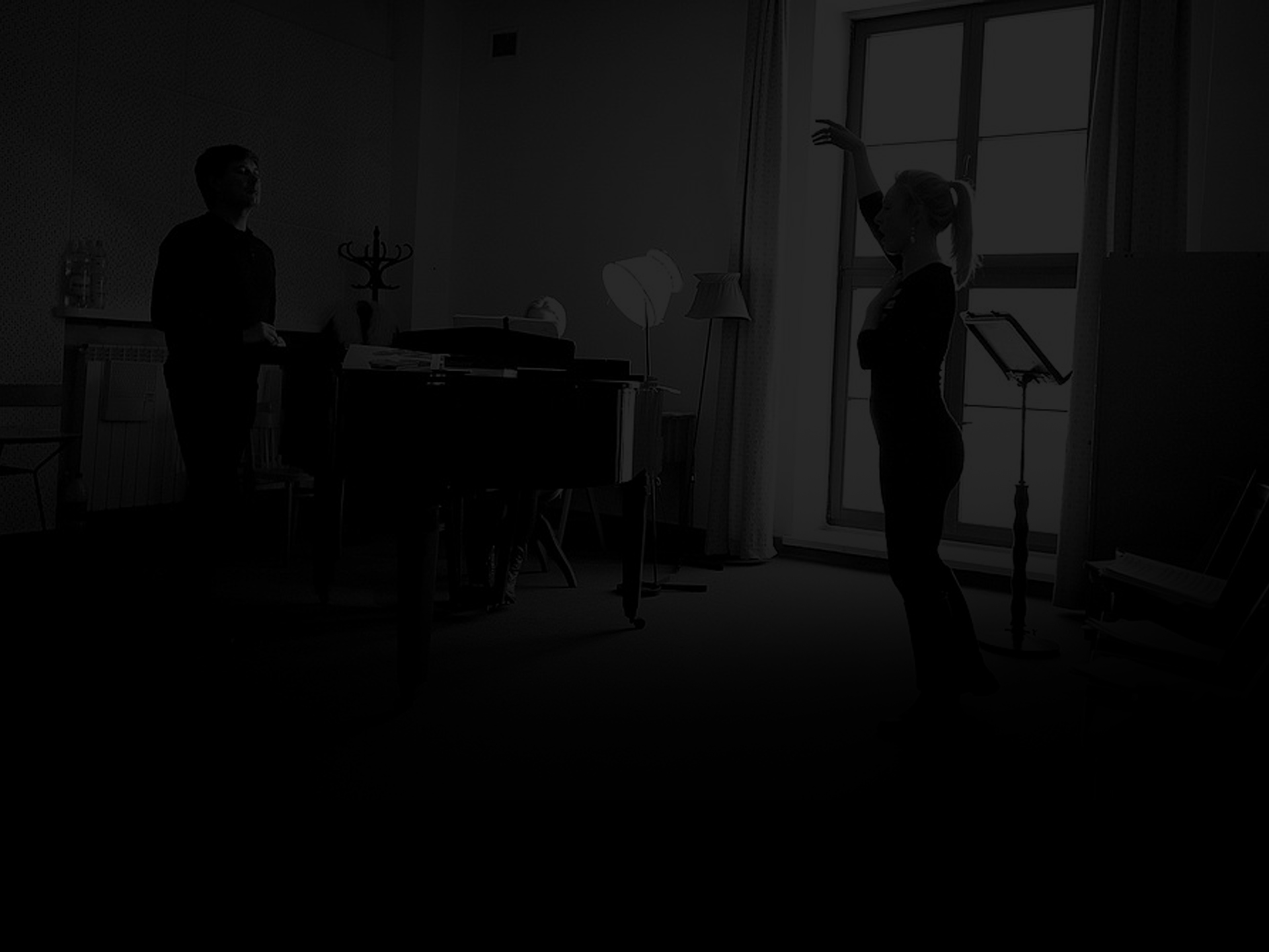Wojciech Bogusławski's The Miracle, or Cracovians and Highlanders set to music by Jan Stefani is considered to be the first Polish national opera. Written and staged shortly before the third partition of Poland (1795), it employed a light-hearted musical form and brilliant text to carry a very clear patriotic message, so important to Polish audiences at that time. Today, when this aspect is only of historical significance, Cracovians and Highlanders remains an attractive opera with a universal message stemming from folk wisdom, as well as a rewarding learning material for young performers.
It is precisely with them in mind that the Teatr Wielki – Polish National Opera has put on a new production of the opera, which premiered on 13 March 2015. Most of the cast are young, exceptionally talented singers who are participating in or have graduated from Opera Academy, a programme run by the Teatr Wielki since 2009 to support the professional development of young opera artists, mainly singers. Opera Academy offers its students a chance to take part in regular workshops and master classes led by prominent teachers; individual voice, acting and language mentoring; as well as continual professional support.
The new staging of Cracovians and Highlanders is also special because it strives for a sound as close to the 18th century original as possible. To that end, an orchestra was put together comprising young musicians who play period instruments or their contemporary copies. The ensemble worked under the direction of Władysław Kłosiewicz, Grzegorz Lalek, and Tytus Wojnowicz. Władysław Kłosiewicz, renowned interpreter of early music, is the musical director of the whole production and taught the young musicians the arcana of period performance. His arrangement of the score draws on source materials, including Jan Stefani's manuscripts.
Besides a longer rehearsal period than is customary, the work on the production included workshops for the singers and instrumentalists led by excellent teachers and artists specialising in historically informed performance. The development team gathered well-established experts and recognised artists who shared their knowledge and skills with the new generation, making the project high artistic and educational merit.
The show was directed by Jarosław Kilian, the designs were created by Izabela Chełkowska, while Emil Wesołowski was the choreographer. The scenography is may be easily adjusted to different spaces, is easy to assamble and dismantle, and does not require a lot of technical assistance, which makes the production fit to tour outside of Warsaw without losing out on its artistic quality and attractiveness.
The production was well received by audiences and critics.





